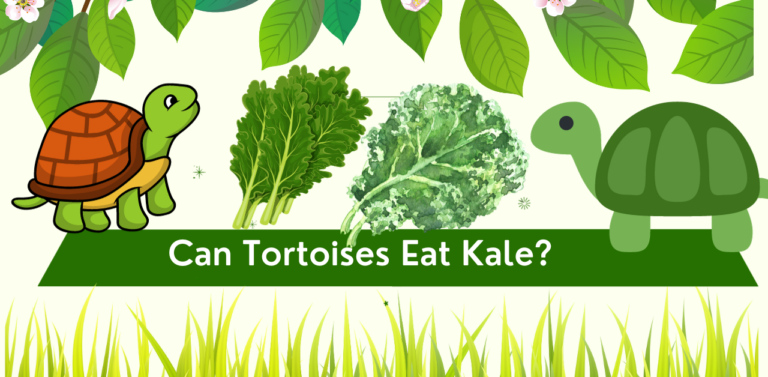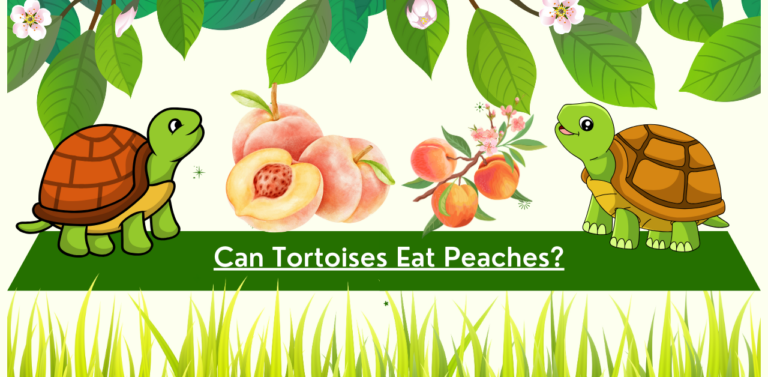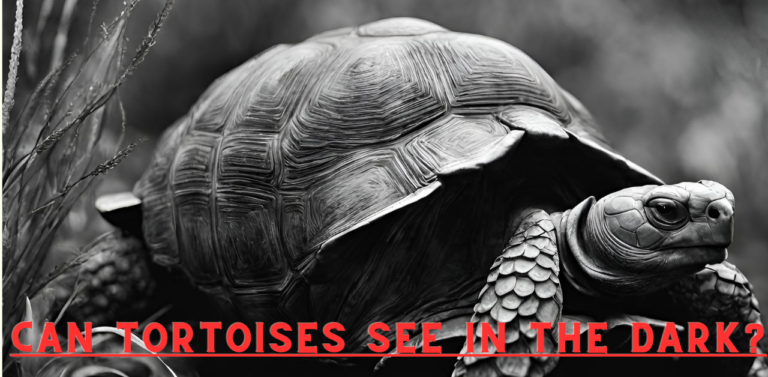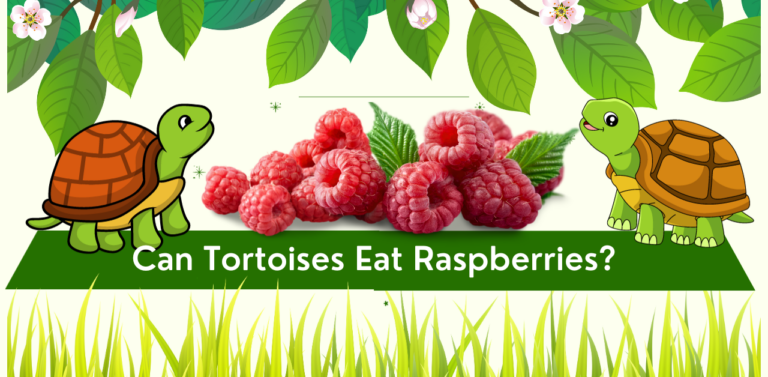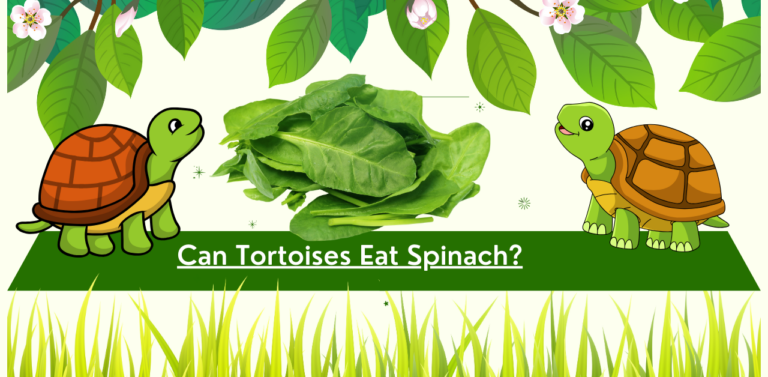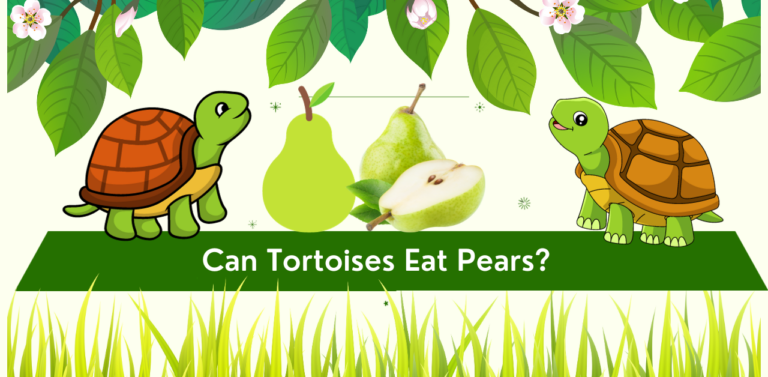With regard to the dietary propensities of turtles, there’s a universe of interest concealed underneath their gradual disposition. These shelled reptiles, appreciated for their life span and versatility, depend vigorously on their eating routine for their prosperity. As pet people or turtle lovers, understanding what comprises a sound and safe eating routine for these animals is principal. A typical question that emerges in this setting is about the reasonableness of different vegetables and greens, especially the frequently neglected radish leaves. Could it be said that they are a sound expansion to a turtle’s eating routine, or would it be a good idea for them to be kept away from? This article digs into the nourishing universe of turtles to uncover whether radish leaves are a companion or enemy to their eating routine.
Understanding Tortoise Dietary Needs
Turtles are known for their robust nature and intriguing life span, attributes that are vigorously impacted by their eating regimen. As herbivores, turtles blossom with various vegetables, natural products, and greens. Be that as it may, not all plants are protected or useful for them. This carries us to the inquiry: Can turtles eat radish leaves?
Radish Leaves: Nutritional Profile
Radish leaves, frequently neglected in human food, are a force to be reckoned with in supplements. They are plentiful in nutrients (particularly L-ascorbic acid), minerals, and cell reinforcements. They offer various medical advantages to people, yet what’s the significance here for turtles?
The Tortoise Perspective
For turtles, assortment is key in their eating routine. They require a blend of calcium, fibre, nutrients, and a cautious equilibrium of phosphorus. Radish leaves can be a piece of this shifted diet because of their supplement content. The elevated degrees of L-ascorbic acid can be gainful for turtles, similarly as they are for people, helping their invulnerable framework and general well-being.
Concerns and Considerations
While radish leaves can be nutritious, there are a few considerations:
- Oxalic Acid: Like many greens, radish leaves contain oxalic acid, which in large amounts can lead to health issues in tortoises, such as kidney stones and nutrient absorption problems. It’s important to feed these leaves in moderation.
- Pesticides: Always ensure the leaves are thoroughly washed to remove any pesticides which can be harmful to tortoises.
- Dietary Balance: Radish leaves should only be a part of a balanced diet, which includes a variety of other vegetables and greens. Relying solely on radish leaves can lead to nutritional imbalances.
How to Feed Radish Leaves to Tortoises
If you decide to include radish leaves in your tortoise’s diet, follow these guidelines:
- Moderation: Offer radish leaves as part of a rotational diet, not as a staple.
- Freshness: Ensure the leaves are fresh and clean.
- Mix with other Greens: Combine them with other tortoise-friendly greens to ensure a balanced intake of nutrients.
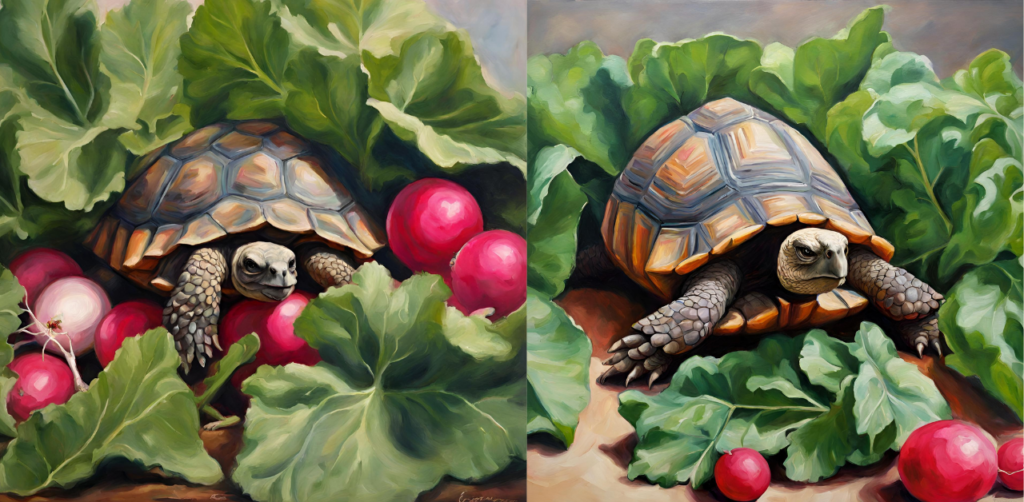
Can Sulcata Tortoises Eat Radish Leaves?
Indeed, sulcata turtles can eat radish leaves. As a matter of fact, radish leaves can be a solid piece of their eating regimen. These leaves are rich in supplements and give a decent wellspring of fibre. Notwithstanding, similar to all food varieties. They ought to be given with some restraint as a component of a reasonable eating regimen. Sulcata turtles flourish with an eating regimen predominantly made out of grasses and mixed greens. So radish leaves can be incorporated among various different greens and vegetables.
It’s vital to guarantee that any food given to your turtle is liberated from pesticides and different synthetic substances. Likewise, a changed eating routine is urgent for the wellbeing of your turtle, so make a point to incorporate various kinds of mixed greens and vegetables alongside a legitimate proportion of calcium and different supplements. On the off chance that you have particular worries or inquiries concerning your turtle’s eating regimen, it’s dependably really smart to talk with a veterinarian about reptiles.
Can Desert Tortoises Eat Radish Leaves?
Indeed, desert turtles can likewise eat radish leaves as a feature of a shifted diet. Radish leaves are protected and can be nutritious, offering a wellspring of fibre and nutrients. In any case, it’s vital to take note that the eating routine of a desert turtle ought to principally comprise grasses and local plants tracked down in their regular desert living space.
In imprisonment, their eating regimen can be enhanced with mixed greens. Including radish leaves. However, these ought to be given with some restraint. The majority of their eating routine ought to be grasses and feed, which are critical for their stomach-related well-being. Desert turtles likewise require an eating regimen low in sugar and protein, so trying not to overload them with leafy foods and vegetables is significant.
As usual, it’s vital to guarantee that all food is liberated from pesticides and other destructive synthetic compounds. The assortment is key in their eating routine to guarantee they get every single important supplement. In the event that you have explicit worries about your desert turtle’s eating regimen, talking with a veterinarian who has insight into reptiles, especially turtles, is suggested for customized exhortation.
Can Red Foot Tortoises Eat Radish Leaves?
Indeed, red-footed turtles can eat radish leaves. These passes on can be a solid expansion to their eating routine, as they are high in supplements and fibre. Red-footed turtles have a more differed diet contrasted with other turtle species, as they are omnivores and can eat a more extensive scope of organic products, vegetables, and, surprisingly, some creature protein.
Be that as it may, similar to all food varieties, radish leaves ought to be given with some restraint. The eating routine of a red-footed turtle ought to principally comprise various salad greens, vegetables, and a few natural products, with intermittent incorporation of creature protein (like worms or bubbled eggs). Keeping a decent eating routine with proper degrees of calcium and different nutrients is significant.
Continuously guarantee that the food you give is liberated from pesticides and synthetic substances. Since red-footed turtles can have more delicate stomach-related frameworks, it’s especially vital to present new food sources continuously and see how they answer them. On the off chance that you have explicit dietary worries, it’s prudent to talk with a veterinarian acquainted with reptiles, particularly turtles, to get custom-fitted guidance for your pet.
Can Russian Tortoises Eat Radish Leaves?
Indeed, Russian turtles can eat radish leaves as a feature of their eating regimen. Radish leaves are protected and nutritious, offering a decent wellspring of nutrients and fibre. Be that as it may, likewise with any turtle diet, guaranteeing assortment and balance is significant.
Russian turtles basically feed on salad greens and vegetables. Their eating regimen ought to comprise to a great extent different greens, with a little piece of different vegetables. Radish leaves can be remembered for this blend, however they ought to just be a piece of a different scope of greens to guarantee an even eating routine.
It’s fundamental to give food liberated from pesticides and synthetic substances. Likewise, be careful about overloading and guarantee a legitimate harmony between calcium and different supplements, particularly for turtles in bondage. Since each turtle is novel, and their dietary necessities can fluctuate, it’s consistently really smart to talk with a veterinarian who works in reptiles for explicit dietary guidance custom-made for your Russian turtle.
Can Leopard Tortoises Eat Radishes?
Panther turtles can eat radish leaves as a feature of their eating routine. Be that as it may, the radish root itself ought to be given sparingly. Radish leaves are nutritious and can give a wellspring of fibre and nutrients. Be that as it may, radishes (the root part) are higher in oxalates and goitrogens, which can be destructive in enormous amounts, especially for turtles.
Panther turtles, like other turtle species, flourish with an eating routine fundamentally comprising mixed greens, grasses, and a few different vegetables. It’s vital to keep a shifted and adjusted diet to guarantee they get every one of the essential supplements without an overabundance of possibly destructive substances.
While taking care of radish roots, it’s significant to do so in limited quantities and not as a normal piece of their eating routine. Continuously ensure that any food you provide for your turtle, including radishes and their leaves, is liberated from pesticides and different synthetics.
For explicit dietary suggestions and to address any worries about your panther turtle’s eating routine, talking with a veterinarian experienced in reptile care is consistently smart. They can give customized counsel in light of the well-being and requirements of your specific turtle.
Conclusion: Can Tortoises Eat Radish Leaves?
Taking everything into account, turtles can securely eat radish leaves if they are given some restraint and as a feature of a different and adjusted diet. Likewise with any dietary change, it’s in every case best to talk with a veterinarian or a reptile nourishment master to guarantee the wellbeing and prosperity of your pet turtle.
FAQs: Can Tortoises Eat Radish Leaves?
It’s best to offer them as an occasional treat rather than a regular part of the diet.
Certain species may have specific dietary needs or restrictions. It’s advisable to consult with a specialist about your tortoise’s particular species.
Absolutely! Growing your own radish leaves ensures they are free from pesticides and are fresh.
Baby tortoises can eat radish leaves. However, their diet should be carefully monitored to ensure they are getting a balanced intake of nutrients suitable for their growth.
Most tortoises can safely eat radish leaves, but dietary preferences and tolerances can vary among species. It’s always best to check with a veterinarian familiar with your specific species.

